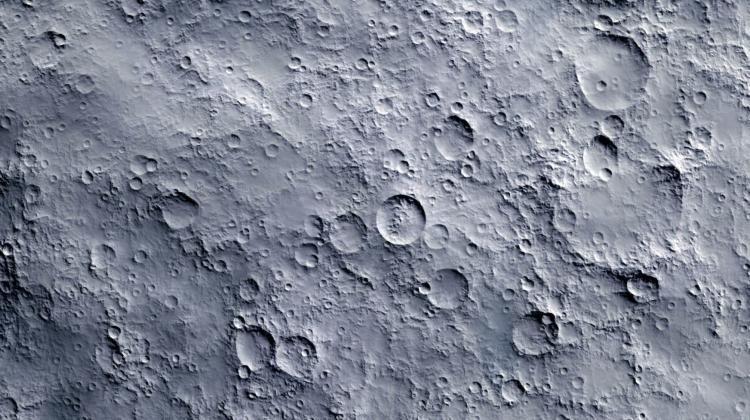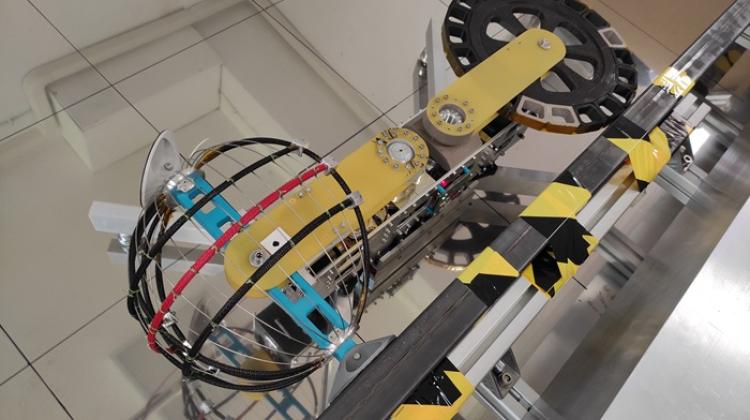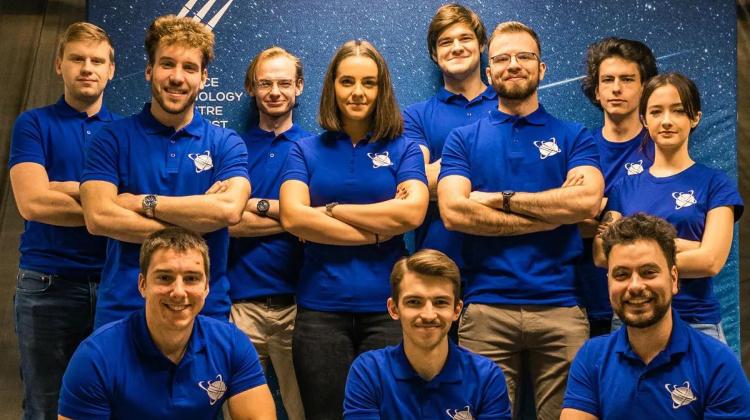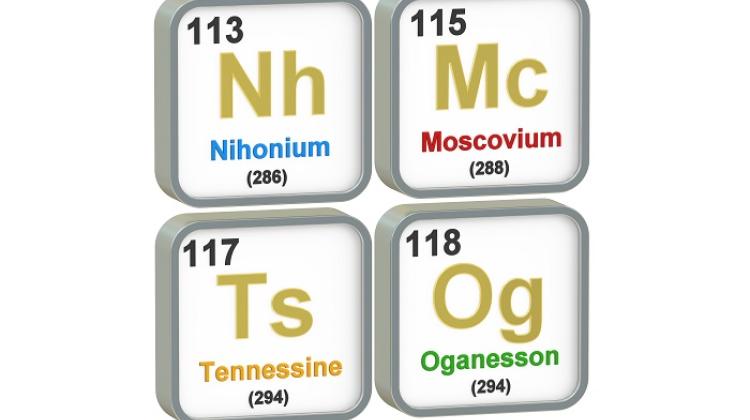Moon digger will be tested in Warsaw in July
 Photo: Fotolia
Photo: Fotolia
In six years, the digger designed by experts from the Space Research Centre PAS is scheduled to start working on the Moon. It will deliver lunar dust to the device that will convert it into water and oxygen. Tests of the digger will begin in Warsaw in July.
The European Space Agency is planning to send the first test mission (Lunar ISRU) in 2025. Its objective will be to obtain local lunar resources. The key task will be to use them to produce water and oxygen in a device, which will be on the surface of the Silver Globe.
A team from the Laboratory of Mechatronics and Robotics of the Space Research Centre PAS in Warsaw is involved in the project.
"We are developing our own project of a small moon digger. Its task will be to obtain moon dust" - says project leader Gordon Wasilewski from the Space Research Centre PAS. In July, it will be tested in Warsaw.
The Space Research Centre PAS is part of one of two international consortia (coordinated by the Belgian company Space Applications Services) working on self-propelled machines that designed to acquire lunar resources.
The top, loose layer of the Moon surface (called regolith) can be an important element for future manned missions to the Silver Globe. It consists mainly of oxygen, silicon, iron, calcium, titanium, aluminium and magnesium.
Therefore, regolith can even be used to create habitat structures - it can be sintered to create very hard and durable building material. Due to the presence of silicon in the dust, it is also considered as a material for making photovoltaic panels.
"The planned experiment of the European Space Agency in 2025 will involve something else. Our digger will transport regolith to a thermochemical reactor, which will be the main part of the lander, responsible for the transformation of metal oxides present in regolith and production of substances including water - a component that is crucial for the survival of future manned missions on the Moon" - Wasilewski describes.
"Our digger will repeatedly acquire and transfer regolith, and at the same time collect geological information that will allow us to more accurately design this process on a larger scale" - the scientist adds.
PAP - Science in Poland, Szymon Zdziebłowski
szz/ zan/ kap/
tr. RL
Przed dodaniem komentarza prosimy o zapoznanie z Regulaminem forum serwisu Nauka w Polsce.

















